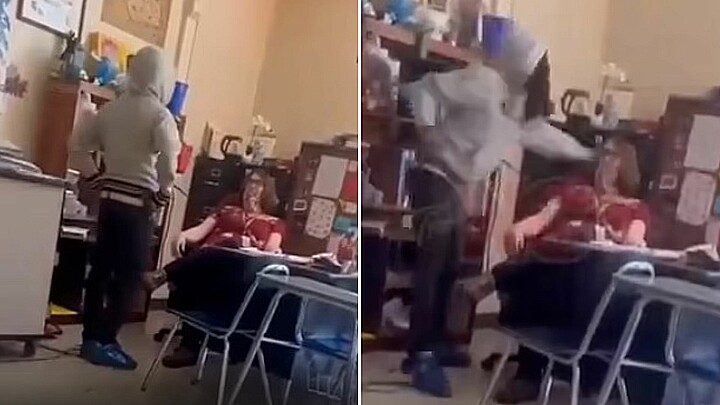Education
American test scores continue to fall, despite academic recovery efforts
The analysis also found that the average student needs around 4.1 additional months of schooling to catch up to where their grade was before the pandemic in reading and 4.5 additional months to catch up in math

July 13, 2023 9:04am
Updated: July 13, 2023 9:23am
The test scores of students across the nation continued to decline this academic year, despite efforts to help them recover from the learning setbacks caused by the pandemic, a study released on Tuesday found.
The study, conducted by the Northwest Evaluation Association research organization (NWEA), analyzed data from around 6.5 million students in grades three through eight who took the MAP Growth assessment in reading and math this year and compared it to the results from three years before the coronavirus pandemic.
The study found that test results are significantly lower than before the pandemic. Moreover, the results have been continuously declining year after year since then, according to Karyn Lewis, the director of the Center for School and Student Progress at NWEA and the study’s co-author.
“And because kids are making gains at rates below pre-COVID trends, that means we’re not shrinking those achievement gaps. We’re actually widening them,” Lewis said.
When the pandemic started and classes were taken to online platforms, learning progress was significantly disrupted, setting several students back. The analysis also found that the average student needs around 4.1 additional months of schooling to catch up to where their grade was before the pandemic in reading and 4.5 additional months to catch up in math.
“Whatever we’re doing, it’s not enough,” Lewis said. “The magnitude of the crisis is out of alignment with the scope and scale of the response and we need to do more.”
According to the group’s lead researcher for instructional strategies, Chase Nordengren, there are ways to boost learning and get grades to increase. One strategy, for example, would be to group students based on their specific needs and provide targeted instruction to them.
“We’ve been trying to send the message that this is a multi-year, if not decades-long recovery period and is going to require some fundamental rethinking of the ways that not only we educate students but we think about how students are grouped and how we think about their learning,” he said.










